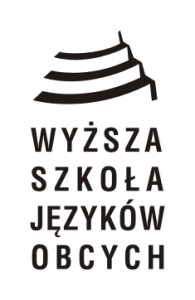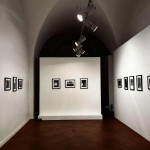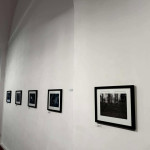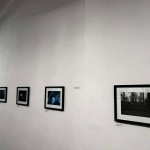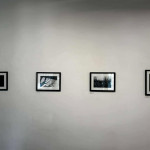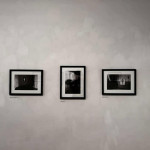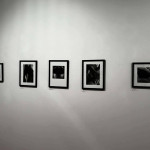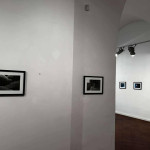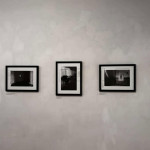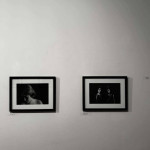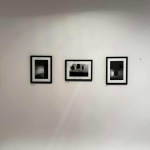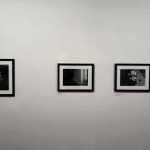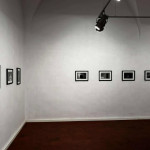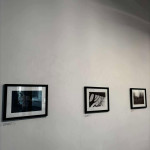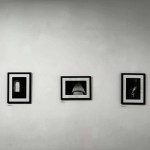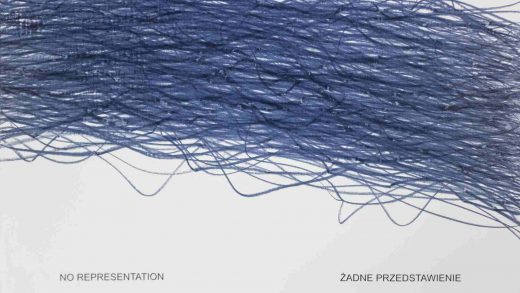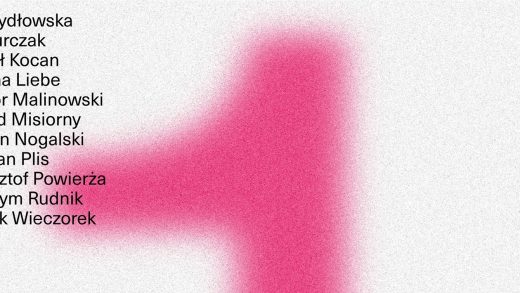preview: July 4th, 2025, 7 p.m
exhibtion: July 4th – September 5th, 2025
organized by:

partner:
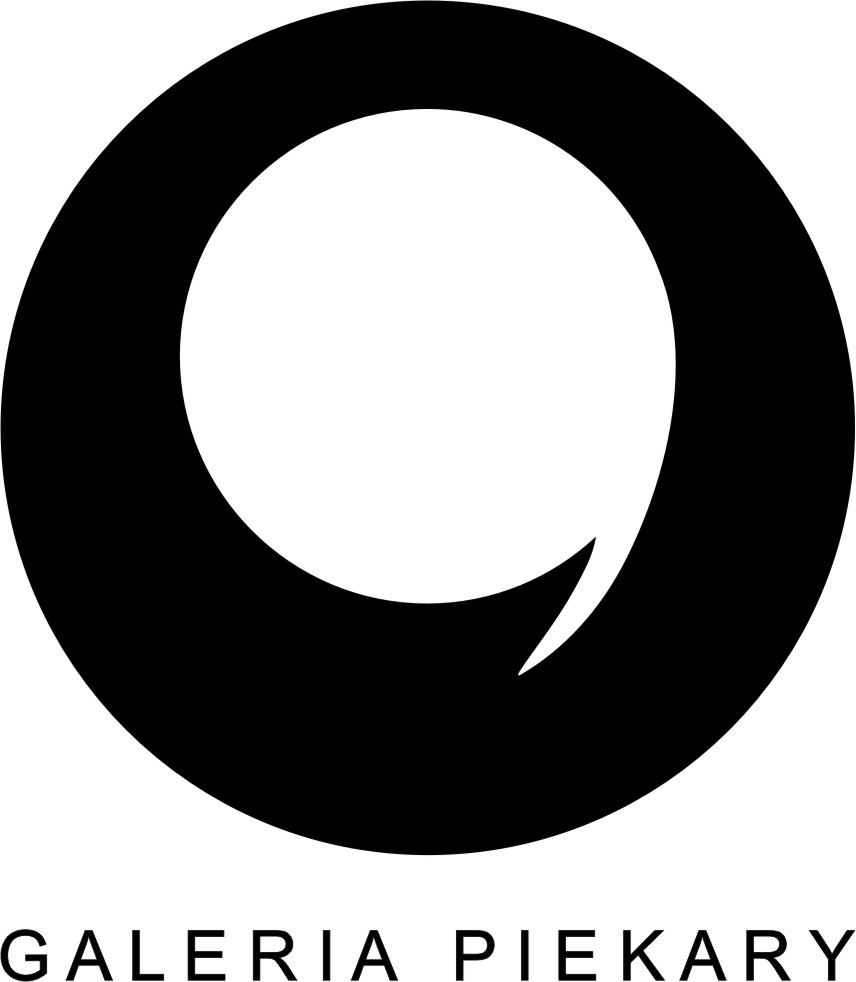
place: Galeria Piekary
ul. Św. Marcin 80/82
CK Zamek, Dziedziniec Różany
61-809 Poznań
exhibition open Monday – Friday 10 AM – 6 PM
admission always free
We would like to express our deep gratitude to Ms. Ewa Rubinstein and Mr. Wojciech Stanisław Grochowalski, President of the Management Board of the Arthur Rubinstein International Music Foundation, for their kindness in preparing the exhibition.
media patronage:
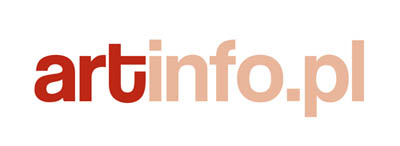
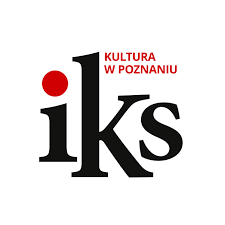
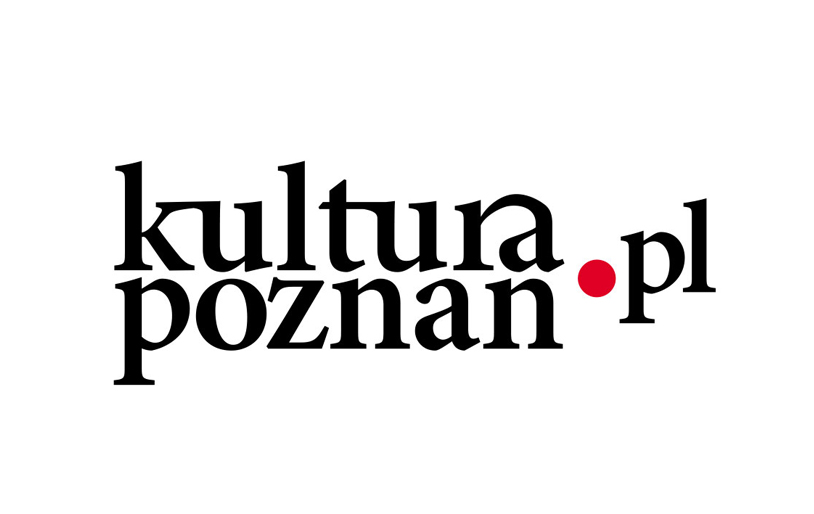
9/11 Art Space Foundation and Piekary Gallery are pleased invite you to the exhibition entitled Eva Rubinstein. Tracing Existence. Photographs from 1970 – 1990. The works of this Polish-American artist have been exhibited not only in Poland and the United States, but also throughout Europe, where they have delighted audiences with their subtlety and originality.
Eva Rubinstein was born in 1933 in Buenos Aires, where she lived for the first six years of her life. Her family then moved to New York. Her mother was ballerina Nela Młynarska, Artur Rubinstein, the pianist, was her father, while the Polish conductor Emil Młynarski was her grandfather. Eva received comprehensive education in music and drama, but instead of becoming a ballerina—a career she was being prepared for as a child—she became fascinated with photography. Early on, she worked in commercial photography only to switch to documentary photography later. She would capture socially important events such as strikes and street demonstrations, but certain features of her style were already apparent even then, manifesting in subtlety and insight of her pictures.
Eva Rubinstein had the opportunity to delve into the essence of the medium under the guidance of outstanding American photographers such as Lisette Model, Jim Hughes and Ken Heyman. In the 1970s and 1980s, her work stimulated the development of Polish photography, which at that time opened up to American modernism. The artist drew on the traditions of surrealism and abstraction, exploiting specific lighting, radical framing or the simplicity of the captured motif, in an attempt to get at the heart of our existence, in itself symbolic and impenetrable.
One of the goals of this exhibition is to showcase the broad range of themes in Rubinstein’s oeuvre. It will therefore span not only the portraits and nudes for which the photographer is particularly well known, but also various depictions of churches, cemeteries, still lifes, interiors and everyday objects. At this stage, one may already view Rubinstein as an artist; an artist who finds intimacy in people and objects alike. The black and white tones of the photographs, the absence of acute contrasts and the gentleness of the reality shows translate into a sense of melancholy and depth that calls for careful observation and interpretation. The artist leaves an imprint of her subjectivity in all the works—on the one hand, she records the object, but simultaneously she discreetly registers her own presence, as an individual who uniquely experiences a given space and relationship with objects. Rubinstein herself says that in her eyes, the “reflected photographic image” harbours “the value of a symbolic record of what lies deep within my consciousness.” Rubinstein’s photographs are sometimes simply described as important, necessary, since they demonstrate that everyday life does come with a poetic frame.
Eva Rubinstein’s largest exhibition in Poland took place at the Museum of Art in Łódź in 1984. The artist regularly visits Łódź every few years, where a music festival commemorating her father is held. She has taken many photographs of this city, to which she feels very attached. She is friends with many representatives of the Polish arts community and has won respect and recognition primarily thanks to her influence on the development of Polish photography. Rubinstein is also a recipient of honorary doctorate awarded by the Łódź Film School.
The exhibition was created in cooperation with Białystok Interphoto
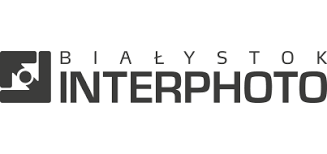
Co-financed by the City of Poznań

